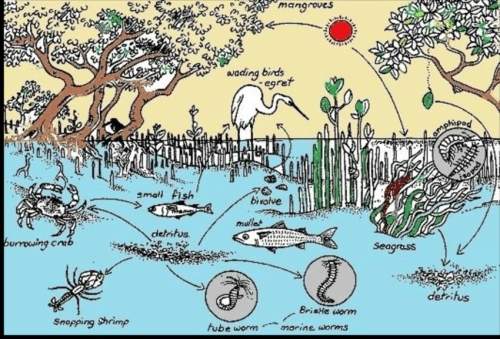
Biology, 16.04.2020 04:15 lattimore12
Hexokinase catalyzes the first step of glycolysis by phosphorylating glucose to glucose 6‑phosphate. In red blood cells, hexokinase has a Michaelis constant, K M , KM, of approximately 50 μM, 50 μM, and the substrate concentration, [ S ] , [S], is equal to the blood glucose concentration. Calculate the blood glucose concentration that would yield a hexokinase reaction velocity, V 0 , V0, equal to 90 % 90% of its maximum reaction velocity, V max . Vmax. Express your answer in millimolar ( mM ) (mM) using two significant figures. blood glucose concentration: mM mM What does this result tell you about how hexokinase functions at a normal blood glucose concentration of 3.6 mM to 6.1 mM? 3.6 mM to 6.1 mM? a. It functions at close to its V max Vmax because nearly all the active sites are saturated with substrate. b.It functions at about half its V max Vmax because about half the active sites are saturated with substrate. c. It functions above its V max Vmax because the active sites are supersaturated with substrate. d. It functions at a minimal level because very few active sites are saturated with substrat

Answers: 3
Another question on Biology

Biology, 22.06.2019 11:20
Archeologists have discovered three sites showing conclusive evidence for the mastery of fire in tanzania, from a period slightly after the time that homo habilis was present in africa. these sites clearly were founded by homo erectus, the descendent species of homo habilis that migrated north, out of africa and into asia. homo erectus was known to have mastered fire, from ample evidence at sites in asia. there is no reason to attribute mastery of fire to homo ergaster, the descendent species of homo habilis that remained in africa.which of the following is an assumption on which the argument depends? (a) before their migration, homo erectus occupied african territory as far south as tanzania.(b) the strain of migration provided the selective pressure motivating homo erectus‘ mastery of fire.(c) homo ergaster would not have derived as much benefit from the mastery of fire as did homo erectus.(d) homo ergaster inherited all cultural knowledge from homo habilis, a species that did not have mastery of fire.(e) homo ergaster did not occupy regions as far south as tanzania until well after the time of these three sites.
Answers: 2

Biology, 22.06.2019 13:00
Nucleus has two lobes; contains granules of lysosomal enzymes; functions in attacking parasitic worms and plays complex roles in inflammatory diseases like allergies and asthma. what blood cells are described?
Answers: 1


Biology, 22.06.2019 19:00
What characteristic makes a cell membrane selectively permeable
Answers: 1
You know the right answer?
Hexokinase catalyzes the first step of glycolysis by phosphorylating glucose to glucose 6‑phosphate....
Questions




Advanced Placement (AP), 20.07.2020 02:01



English, 20.07.2020 02:01



Mathematics, 20.07.2020 02:01

Computers and Technology, 20.07.2020 02:01

Business, 20.07.2020 02:01

Mathematics, 20.07.2020 02:01


Mathematics, 20.07.2020 02:01








